
When Something Feels Off: A Guide to Choosing a Reiki Teacher
October 16, 2025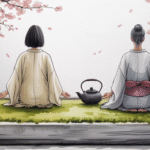
Reiki Research: Learning Reiki Fights Burnout
October 24, 2025Massage + Reiki Treatments: Clinical Trial Results
Randomized Controlled Trial – Stress & Anxiety Reduction
Location: Institute for Integrated and Oriental Therapy, São Paulo, Brazil
Revista Latino-Americana de Enfermagem • 2016
Treatment Group Comparison
🏆 Massage + Reiki
Massage + Rest
Control Group
Direct Comparison: All Three Treatment Groups
Percentage reduction after 8 sessions over 1 month
🏆 Key Finding: Adding Reiki to Massage Produces Superior Results
Stress Reduction: Massage + Reiki achieved 33% reduction (statistically significant vs control, p = 0.014)
Anxiety Reduction: Massage + Reiki (21%) outperformed Massage + Rest (16%) – that’s 31% MORE anxiety relief when Reiki is added!
Effect Size: Very large clinical effect for Massage + Reiki (Cohen’s d = 1.18 for anxiety)
This demonstrates that combining Reiki with massage creates a synergistic effect beyond massage alone.
Study Methodology
Objective: To evaluate the effectiveness of massage and Reiki treatments in reducing stress and anxiety
Design: Randomized controlled clinical trial with parallel groups
Duration: 8 treatment sessions over 1 month (2015)
Setting: Institute for Integrated and Oriental Therapy, São Paulo, Brazil
Interventions:
- Group 1 (Massage + Rest): Massage therapy followed by rest period
- Group 2 (Massage + Reiki): Massage therapy followed by Reiki treatment
- Group 3 (Control): No intervention
Measurement Tools:
- Stress Systems List (Lipp Stress Symptoms Inventory)
- State-Trait Anxiety Inventory (STAI)
Statistical Analysis: ANOVA (Analysis of Variance) for between-group comparisons; Effect sizes calculated using Cohen’s d
Key Statistical Findings:
- Stress reduction G2 vs G3: p = 0.014, Cohen’s d = 0.78 (large effect)
- Anxiety reduction: p < 0.01 for both intervention groups vs control
- Anxiety G2: Cohen’s d = 1.18 (very large effect)
- Anxiety G1: Cohen’s d = 1.14 (very large effect)
Study Participants & Design
Initial Sample
122 people
Group 1
Massage + Rest
Group 2
Massage + Reiki
Group 3
Control Group
Treatment Sessions
8 sessions
Study Duration
1 month
Clinical Significance
This randomized controlled trial demonstrates that combining massage with Reiki treatments produces superior outcomes compared to massage alone or no intervention. The large effect sizes (Cohen’s d > 0.78) indicate clinically meaningful improvements in both stress and anxiety levels. This provides evidence-based support for integrative approaches using complementary therapies together.
You can find the original paper here.
Kurebayashi LFS, Turrini RNT, Souza TPB, Takiguchi RS, Kuba G, Nagumo MT. Massage and Reiki used
to reduce stress and anxiety: Randomized Clinical Trial. Rev. Latino-Am. Enfermagem. 2016;24:e2834.
[Access 20-10-2025 ]; Available in: https://www.academia.edu/51209434/Massage_and_Reiki_used_to_reduce_stress_and_anxiety_Randomized_Clinical_Trial. DOI: http://dx.doi.org/10.1590/1518-8345.1614.2834.
For more Reiki research graphs and blogs.


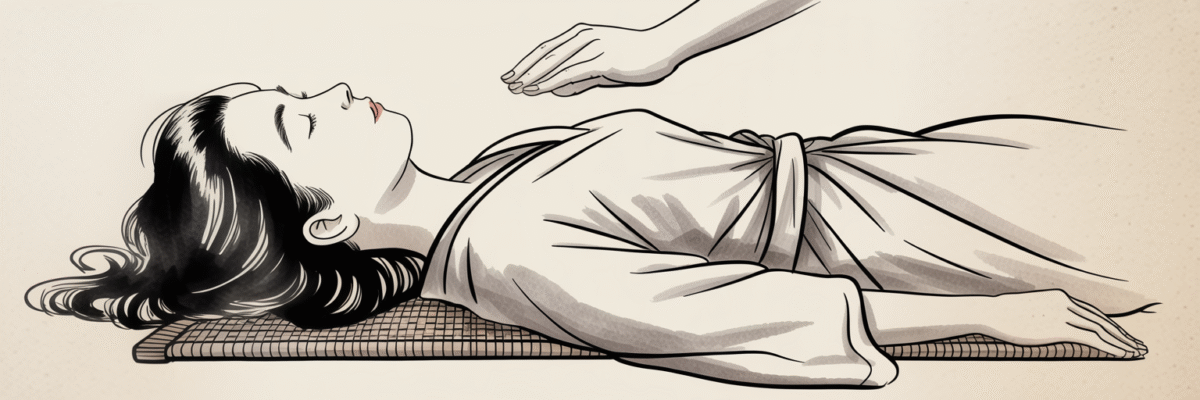
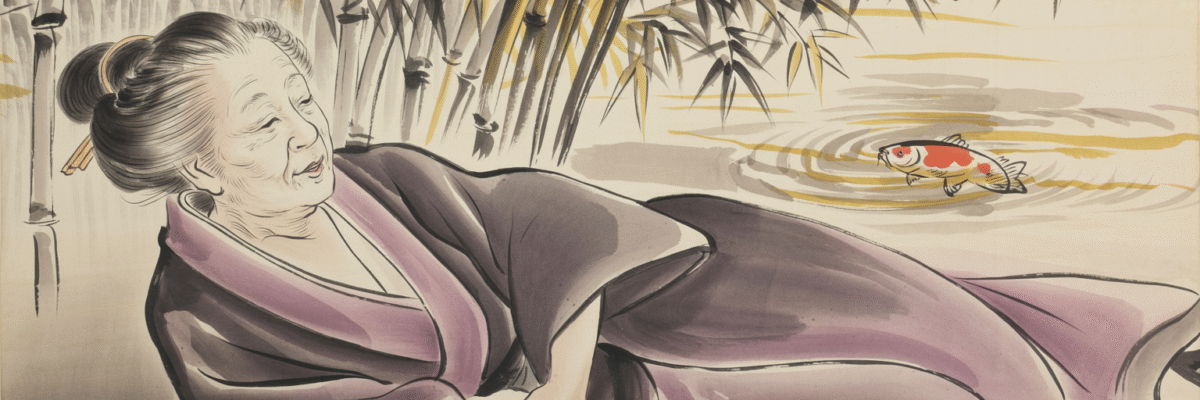
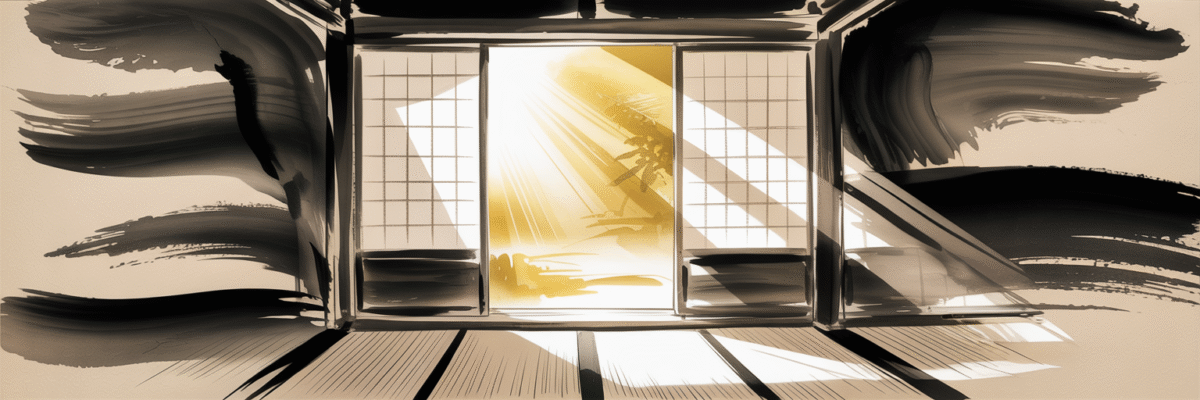
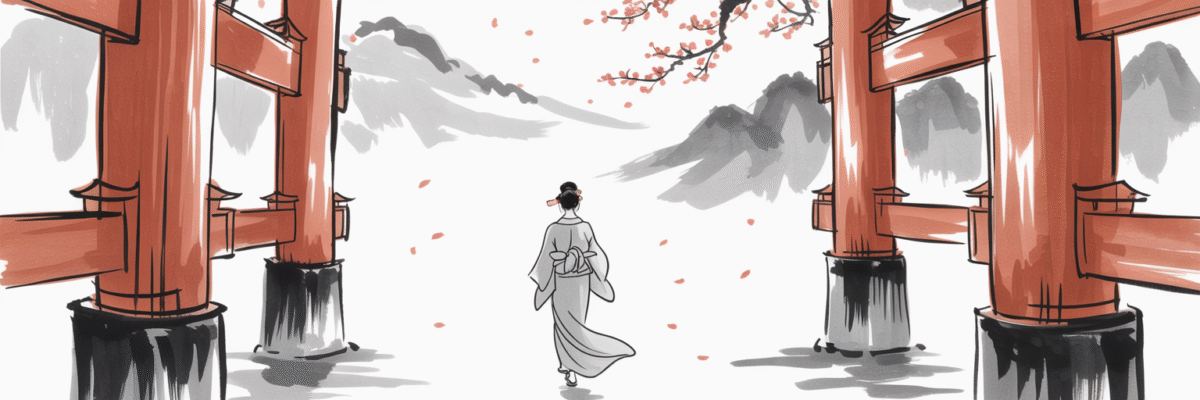
2 Comments
I think the key is that the massage was followed by the reiki. Not given at the same time. I am curious, was this a blind study or did the participants know what group they were in?
Hi Amy! Based on the full study details (you’ll find the link above), I can answer both your questions:
1. Yes, you’re correct – massage was FOLLOWED by Reiki, not given at the same time.
The study had three groups:
G1: Massage followed by rest
G2: Massage followed by Reiki
G3: Control (no intervention)
So they were sequential interventions, not simultaneous.
2. No, this was NOT a blind study – participants knew what group they were in.
This was described as a “randomized clinical trial” but there’s no mention of blinding. The researchers themselves acknowledge this limitation in their conclusion, stating:
“the conclusion is for further studies to be done with the use of a placebo group to evaluate the impact of the technique separate from other techniques.”
This is an important distinction from the Bowden mood study (https://reikiwithbronwen.com/reiki-research/) that one WAS single-blind (participants didn’t know if they were getting Reiki treatments), which makes it stronger evidence.
The lack of blinding in the massage+Reiki study means we can’t rule out placebo effects or participant expectations influencing the results. It’s still interesting that massage+Reiki performed better than massage+rest, but without blinding, we can’t be certain whether that’s due to the Reiki treatment itself or to participants’ beliefs about receiving Reiki treatments.